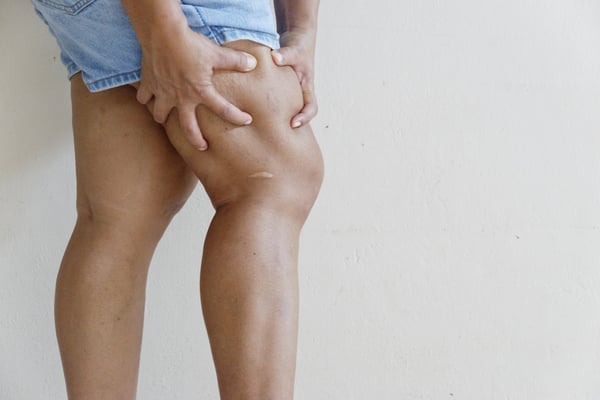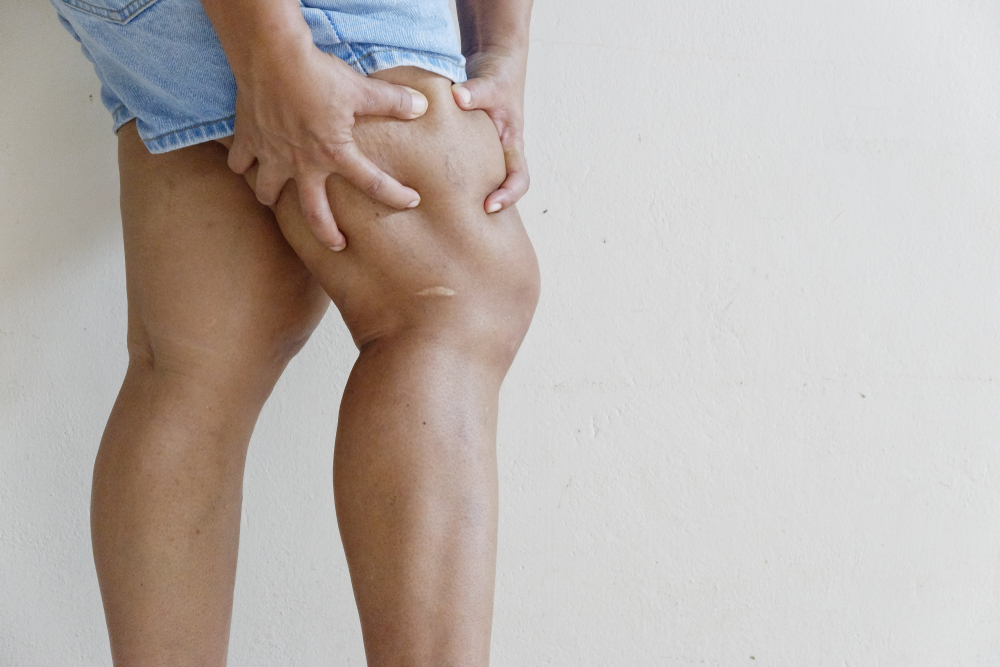How Can I Reduce My Risk for Blood Clots in My Legs?

Blood clots in your legs are a common medical problem causing much disability. In some cases they can be dangerous because they can travel to the lungs causing a potentially fatal pulmonary embolism. It is understandable to be concerned and want to do everything possible to reduce your risk. If you have some risk factors already, the simplest things to lower your risk are to be as active as possible throughout the day, wear compression stockings daily, and if you are unable to walk, use a compression leg pump.
When you need to be in the hospital for any reason, ask your doctor about temporarily taking anticoagulant medication. In situations after surgery or when bedridden, providers will often have patients use a leg pump machine that applies pressure to the legs at regular intervals to keep the blood flowing as it should.
Remaining Active is One of the Best Things You Can Do
Exercise and walking are crucial in warding off so many serious health conditions, including deep vein thrombosis (DVT) and pulmonary embolism (PE). If you’re overweight, it’s especially important to make exercise a priority. Aim for 30 minutes of moderately intense exercise daily - the goal is to burn calories and help lose weight while you keep the blood circulating well. Walking is a good place to start, and it’s easy, free, easy on your joints, and you can do it everyday..
Sometimes you have to sit still for a long period of time and have little control over the situation. Riding in an airplane, bus or car or sitting in a long meeting at work are examples of this. In either situation, try to at least move your feet and legs every hour if you can’t get up to walk. Even stopping to point and flex your toes can help.
When traveling by car and you’re the driver or passenger, try not to go more than two hours without stopping for at least a few minutes to move. Wearing compression stockings and wearing loose clothing while traveling can keep you more comfortable while also lowering your risk of developing a blood clot. Knee high stockings are usually adequate for most people when traveling.
Work with Your Doctor and Manage Chronic Health Conditions
If you’re receiving hormone replacement therapy or taking oral contraceptives for birth control, talk to your doctor about the risk of a blood clot with each of these. You may want to work with your provider to stop smoking since this increases the risk of blood clots. If you feel you may have a genetic risk factor, your provider will sort this out with blood tests and make recommendations or a referral to a hematologist (clotting specialist). Pregnancy and the immediate postpartum period are associated with an increased risk of blood clots as well, and we recommend wearing maternity pantyhose compression stockings during pregnancy.
If you are already on blood thinners for previous blood clots make sure that there are no interactions with other medications or your blood clotting level is where your provider recommends.


